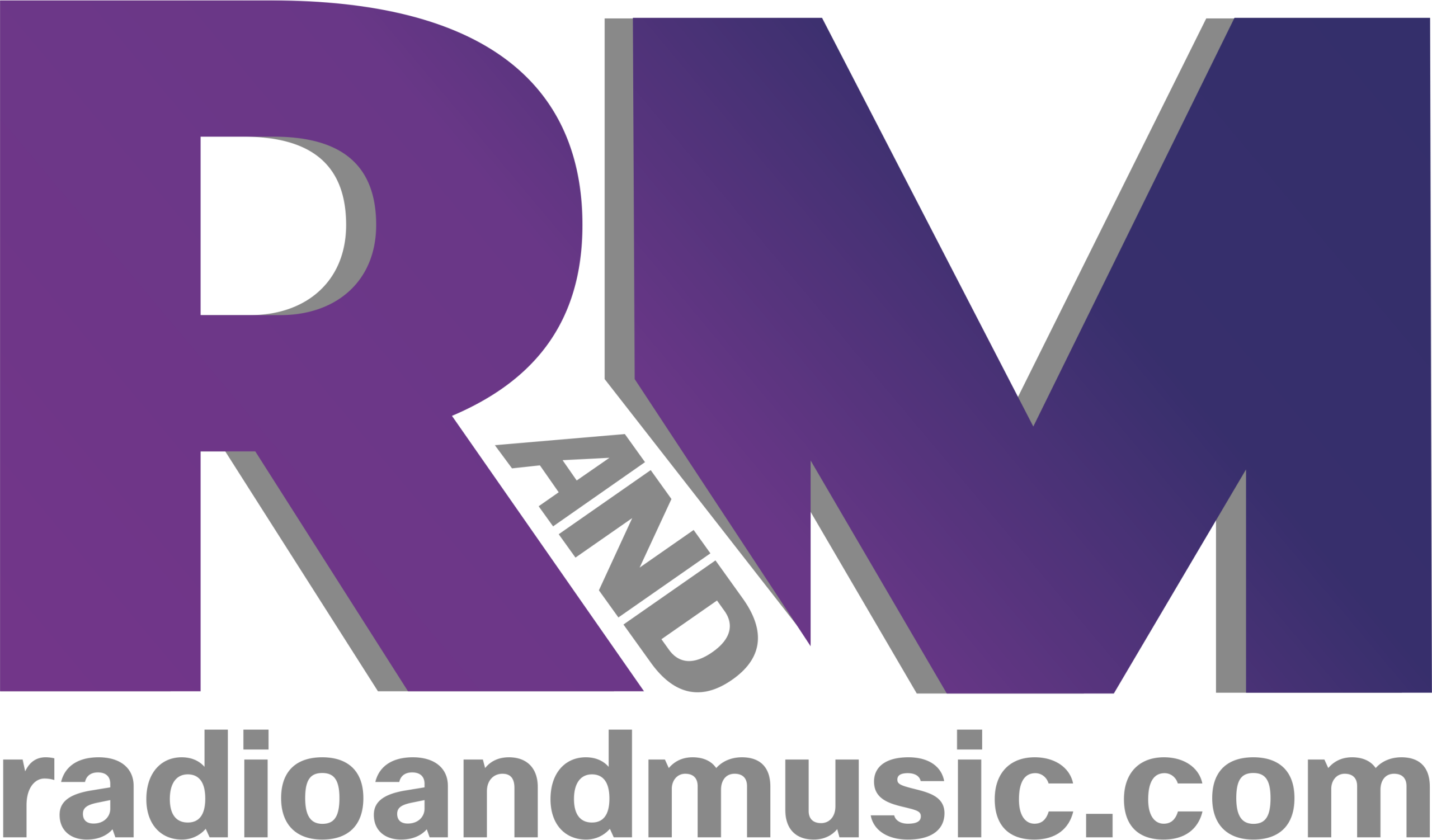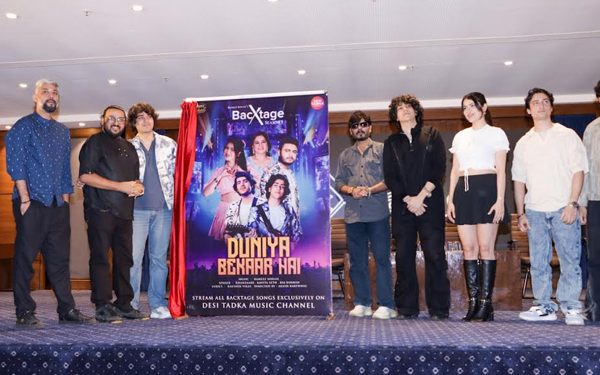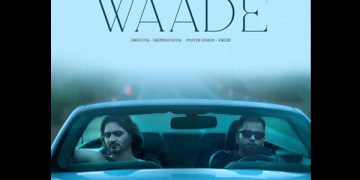A man with a number of achievements to his credit. One, as the co founder of The Orchard, the largest digital distributor of the world, next a visiting professor at London Metropolitan University and he also sits on the BPI Council. That is Scott Cohen for you. His music career commenced in the late 80’s of the last century as an independent and major label artiste manager. He reps and advises several artistes.
During the recently concluded fourth edition of the International Radio Festival 2013, (IRF 2013) in Zurich (www.radioandmusic.com is a partner of the IRF) he spoke on ‘Discover, Connect, Engage and Sell’. A summary/excerpts of his presentation by Tarachand Wanvari, South India Head, Indian Television Dot Com Pvt Ltd Group of Publications/ www.radioandmusic.com
Cohen began the session by saying “I’ll probably spend more time on engage and sell and less time on discover and connect. I don’t think there’s any problem with discover and connect. Consumers don’t have any problem discovering new stuff. If they want to get a recommendation from a friend, from the social media platform, from radio stations, from algorithms, it all exists and keeps getting better and better every year.”
“What I do think we have an issue with is engagement, and how we communicate with people, and how we’ve done it in the past and how we amplify our messages. How we try and take that same strategy to the internet and to multiple devices and often find it doesn’t work.”
Cohen said that engagement was about building and maintaining audiences, and it was something that radio stations historically have done very well – they have built audiences, but it was little different in the digital age now, because audiences had changed to communities, which had two very defined aspects: (1) members of a community had information that non-members didn’t – the kind of behind the scenes stuff and (2) they could influence and impact the outcome of some event. Communities already existed and they needed to be pulled together by a leader.
Elaborating with an example of Ghetto Radio in Kenya Cohen said that it perfectly highlighted what a community was. Cohen said, “There was a terrorist bombing in Nairobi. Ghetto Radio has all the young kids and teenagers listen to it. All the other radio stations were covering this bombing, but Ghetto Radio did something different. Not only did they tell their audiences about the bombing, they activated a media play and set up a blood drive so that they were actually helping this situation in real time-that’s a community, they were able to affect some sort of a change while the other stations were just speaking about the bombing.”
The other big change in the industry was how revenue was viewed. Explaining, Cohen said, “In the music industry, we used to focus on the product. Radio stations have made money only one way – the commercial way, but there’s other ways in which they can make money. The music industry went through a very similar change where we changed the focus from the product we were selling to the person that was consuming it. We started using the Arpu (Average revenue per user) method.”
“We found that we made money from a very small percentage of our community-some people were willing to pay a lot more while some people a lot less. Not every customer is identical. If we treat them differently and offer them different things, the revenue opportunities can actually increase our revenue,” continued Cohen.
Cohen said that the percentages worked out the same whether there were a thousand fans or a million -the average spend of a fan was about 20 USD a year.
“But if you are only selling a single or an album, you can never get an Arpu of 20. You have to actually sell them enough stuff to have them spend the USD150 that a super fan will spend. What we have seen is almost like the 80:20, rule where you get 80 per cent of your revenue from 20 per cent of your customers. In the music industry, typically, the top 20 percent of the audience gets them 72 per cent of the revenue,” revealed Cohen.
Putting this in the context of radio, Cohen explained, “So if you are a radio station or a commercial station in you are only making money from one thing by selling your advertising, you are not maximising how much money you actually put in because you are going in for the least common denominator with people that spend the least.”
Cohen revealed that the music industry got this revenue by creating bundled offerings for fans. “Essentially we just create offers for the fans – you get a USD99 box of stuff, we put in things in that box that fans value and sell it to their top fans.”
Cohen said that fans valued two things– Exclusive content, limited edition content, special things; and they wanted a special experience, like meeting the celebrity that performed. “When we graph this, it turns out, higher the cost of the bundle we sell, the higher the profit margin and more importantly, the perceived value from the customer matches this graph exactly,” revealed Cohen further.
“In a world where everything is really ubiquitous, if you are on radio, anyone can sell Katy Perry, there’s nothing special about that, they want unique content. So in the record business it could be 100 limited edition 7 inch records, you can then sell them at 5 times the price because there’s only a 100 of them.”
“No one goes on facebook and says that they have spent 99 cents in downloading a song from iTunes, but I can tell you when they buy that USD 100 limited edition signed copy of something, a 100 per cent of them will say whom I got to meet – my favourite band, so they actually care more about the stuff they spend more money on, which is a bit of consumer psychology. It’s a bit of cognitive dissonance concept or buyer’s remorse,” said Cohen further.
“This isn’t just about making money, it’s about how you can take an audience and turn it into a community and then turn them into your best customers and make an impact in their lives and if you can connect all of those things you have something special,” said Cohen.
Citing examples of The Raveonettes, one of the bands that Orchard manages, Cohen highlighted the extent that super fans could go to for their favourite bands, and the kind of money that could be made.
“We set up this triple A (AAA) package – we used all the buzzwords, AAA, all access, VIP. We said if you buy this package you get unlimited access to shows for a year, you get to meet the band, come to sound check, you get a postcard from the roads when they’re touring abroad. We sold the AAA packages for USD 120 each and limited them to 100,” said Cohen.
“Now we look at the costs – unlimited access to shows for a year, guest list – free, and by the way, being on the guest list was really special for people. We could have sent them a ticket in the mail, but to walk up to the venue, the guy has the clipboard and sure enough your name is on it, pulls aside the velvet rope and you’re through, that felt amazing to fans.
To be at the sound check, the bands going to be there anyway, and if you want to be there and sit through two hours of the noise that’s fine for it doesn’t cost us. What turned out that everyone who comes to the sound check buys extra memorabilia, so that the band can sign on it. So they’ve gone to their local shop and picked up extra vinyl. The postcards from the roads cost us 50 cents, and the expensive item was a laminate that cost us about a buck to produce, so all the total costs were about USD150, and essentially they made USD12000 from a 100 fans.
“How many downloads in iTunes would they have to sell to make USD12000profit? Probably close to 30,000 downloads in order to make USD12000 profit that they made from a 100 fans. This is the power of exclusive, experiential high priced items,” concluded Cohen.










